Closing arguments in Kosovo Six trial
The prosecution and defense will make their closing statements in the war crimes trial of the so-called Kosovo Six.
Tuesday, 19.08.2008.
10:28

The prosecution and defense will make their closing statements in the war crimes trial of the so-called Kosovo Six. The closing statements bring to an end the trial of former Serbian President Milan Milutinovic and five other former political, military and police officials of Serbia and the former Yugoslavia, accused of war crimes in Kosovo in 1999. Closing arguments in Kosovo Six trial Alongside Milutinovic in the dock, accused of the forced displacement, deportation, murder and persecution of Albanian civilians from Kosovo in the first six months of 1999 are then Deputy Prime Minister Nikola Sainovic, Head of the Yugoslav Army’s (VJ) Chief of Staff Dragoljub Ojdanic, VJ Third Army Commander Nebojsa Pavkovic, VJ Pristina Corps Commander Vladimir Lazarevic, and Serbian MUP Chief of Staff in Kosovo Sreten Lukic. Judge Iain Bonomy’s trial chamber decided that the prosecution would have eight hours for its closing statements, and the defense two and a half hours for each of the six accused. The prosecution will ask for long prison terms for all of the six defendants, while the defense is expected to maintain their innocence, citing a lack of concrete evidence. At the end of the closing statement, Prosecutor Tom Hannis said that during the trial, which started in 2006, enough significant evidence had been laid out proving that the six defendants had been accomplices in a “joint criminal undertaking” whose aim had been to “change the ethnic balance in Kosovo in order to ensure long-lasting Serb control” over the province. This undertaking, according to the prosecutor, was carried out via “a massive and systematic campaign of terror and violence” against the Albanian population in order to force civilians to leave Kosovo. Hannis claimed that it had been proven that the various forces of Serbia and Yugoslavia, including the Serbian Army (VS) and MUP Serbia, had persecuted “around 800,000” Albanians, killed thousands of civilians, sexually abused women and destroyed and looted villages and religious buildings in Kosovo. For the Serbian authorities, he said, “the problem of Kosovo was, quite simply, that there were too many Albanians there with separatist intentions,” and the plan for their removal was developed over a long period of time, since other measures, including abolishing the province’s autonomy and increasing repression, had failed. Singling out Yugoslav President Slobodan Milosevic as the mastermind of this plan, Hannis cited the testimony of witness Klaus Naumann, a former NATO official, whom Milosevic told in October 1998 in an off-the-record conversation in spring 1999 that, as part of the “final solution” to the Kosovo problem, he would “gather together and slaughter” the Albanians as happened in Drenica in 1946. The activities of the formations that perpetrated the crimes were coordinated by various state bodies headed by the accused, including the Supreme Defense Council, the General Staff, VJ High Command, MUP Serbia HQ in Kosovo, and the “Joint Command” of the army and police in the province, said Hannis. According to the prosecutor, proof of this is the fact that the crimes against Albanians in March and April 1999 were committed in exactly the same region where police and military activities had previously been dictated by the “Joint Command”. Rejecting defense claims that the Albanians had left Kosovo because of the NATO bombing, Prosecutor Kravitz said that the evidence and witness testimony indicated that the exodus had been a result of the “actions of the VJ and MUP Serbia commanded by the accused.” As one of the gravest crimes, Kravitz singled out the murder of around 40 members of the Berisha family, mainly women and children, in a pizzeria in the village of Suva Reka in April 1999 by police officers. Prosecutor Chester Stamp said that in Batajnica alone, in late April 1999, at least six lorries had arrived, bringing the bodies of Albanians murdered in numerous crimes in various parts of Kosovo. At the end of their closing statement, the prosecutors went into more details of the individual guilt of each of the defendants. The trial of Milutinovic and his co-accused began on July 10, 2006, and the prosecution began its case on May 1, 2007. Milan Milutinovic (FoNet, archive)
Closing arguments in Kosovo Six trial
Alongside Milutinović in the dock, accused of the forced displacement, deportation, murder and persecution of Albanian civilians from Kosovo in the first six months of 1999 are then Deputy Prime Minister Nikola Šainović, Head of the Yugoslav Army’s (VJ) Chief of Staff Dragoljub Ojdanić, VJ Third Army Commander Nebojša Pavković, VJ Priština Corps Commander Vladimir Lazarević, and Serbian MUP Chief of Staff in Kosovo Sreten Lukić.Judge Iain Bonomy’s trial chamber decided that the prosecution would have eight hours for its closing statements, and the defense two and a half hours for each of the six accused.
The prosecution will ask for long prison terms for all of the six defendants, while the defense is expected to maintain their innocence, citing a lack of concrete evidence.
At the end of the closing statement, Prosecutor Tom Hannis said that during the trial, which started in 2006, enough significant evidence had been laid out proving that the six defendants had been accomplices in a “joint criminal undertaking” whose aim had been to “change the ethnic balance in Kosovo in order to ensure long-lasting Serb control” over the province.
This undertaking, according to the prosecutor, was carried out via “a massive and systematic campaign of terror and violence” against the Albanian population in order to force civilians to leave Kosovo.
Hannis claimed that it had been proven that the various forces of Serbia and Yugoslavia, including the Serbian Army (VS) and MUP Serbia, had persecuted “around 800,000” Albanians, killed thousands of civilians, sexually abused women and destroyed and looted villages and religious buildings in Kosovo.
For the Serbian authorities, he said, “the problem of Kosovo was, quite simply, that there were too many Albanians there with separatist intentions,” and the plan for their removal was developed over a long period of time, since other measures, including abolishing the province’s autonomy and increasing repression, had failed.
Singling out Yugoslav President Slobodan Milošević as the mastermind of this plan, Hannis cited the testimony of witness Klaus Naumann, a former NATO official, whom Milošević told in October 1998 in an off-the-record conversation in spring 1999 that, as part of the “final solution” to the Kosovo problem, he would “gather together and slaughter” the Albanians as happened in Drenica in 1946.
The activities of the formations that perpetrated the crimes were coordinated by various state bodies headed by the accused, including the Supreme Defense Council, the General Staff, VJ High Command, MUP Serbia HQ in Kosovo, and the “Joint Command” of the army and police in the province, said Hannis.
According to the prosecutor, proof of this is the fact that the crimes against Albanians in March and April 1999 were committed in exactly the same region where police and military activities had previously been dictated by the “Joint Command”.
Rejecting defense claims that the Albanians had left Kosovo because of the NATO bombing, Prosecutor Kravitz said that the evidence and witness testimony indicated that the exodus had been a result of the “actions of the VJ and MUP Serbia commanded by the accused.”
As one of the gravest crimes, Kravitz singled out the murder of around 40 members of the Berisha family, mainly women and children, in a pizzeria in the village of Suva Reka in April 1999 by police officers.
Prosecutor Chester Stamp said that in Batajnica alone, in late April 1999, at least six lorries had arrived, bringing the bodies of Albanians murdered in numerous crimes in various parts of Kosovo.
At the end of their closing statement, the prosecutors went into more details of the individual guilt of each of the defendants.
The trial of Milutinović and his co-accused began on July 10, 2006, and the prosecution began its case on May 1, 2007.


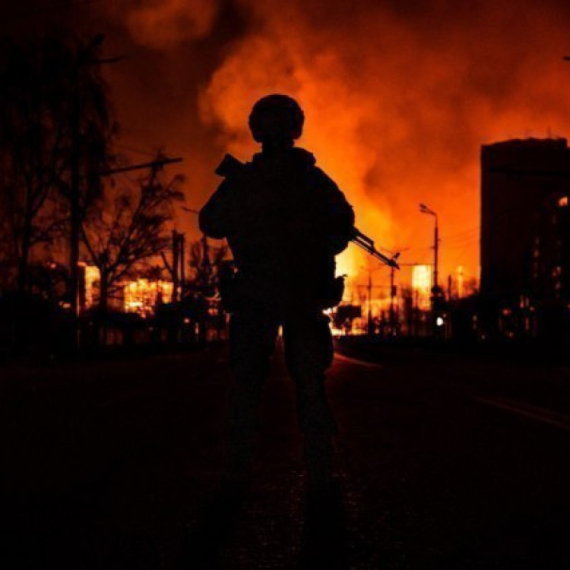








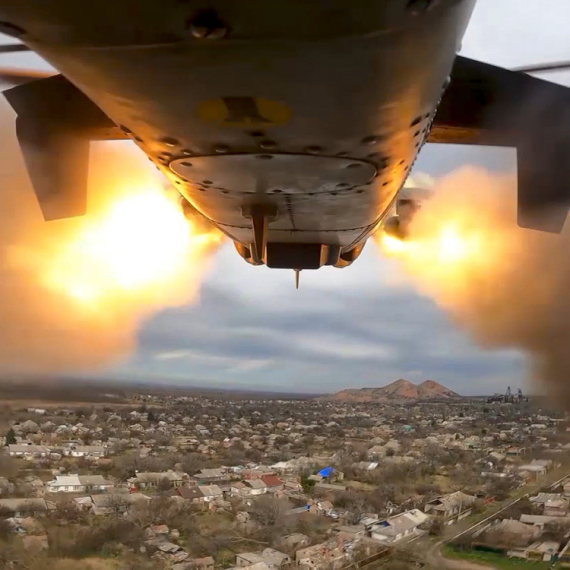
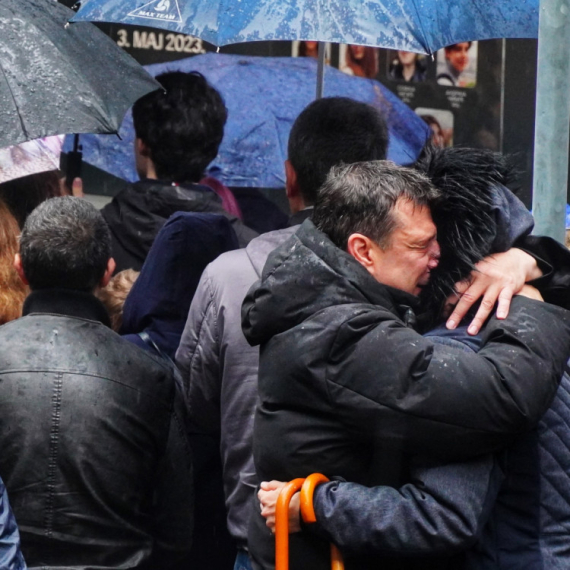



















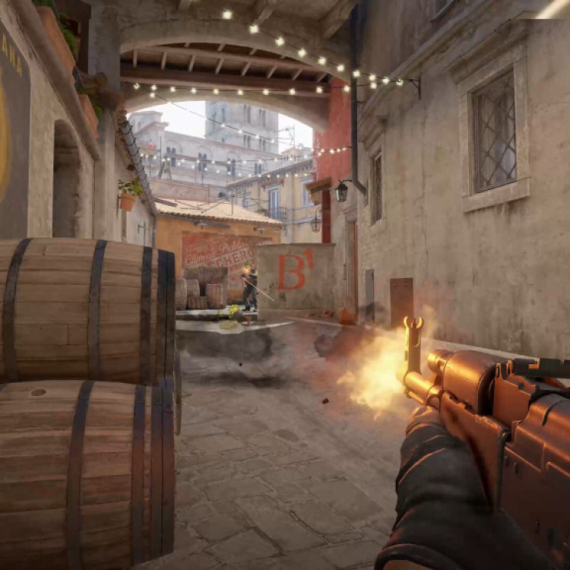

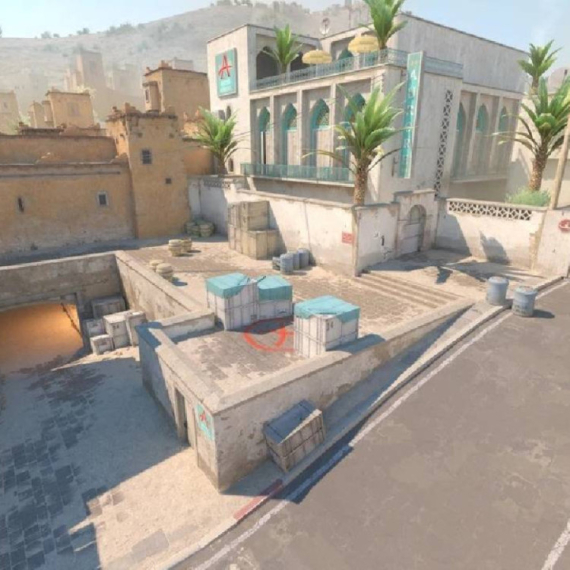


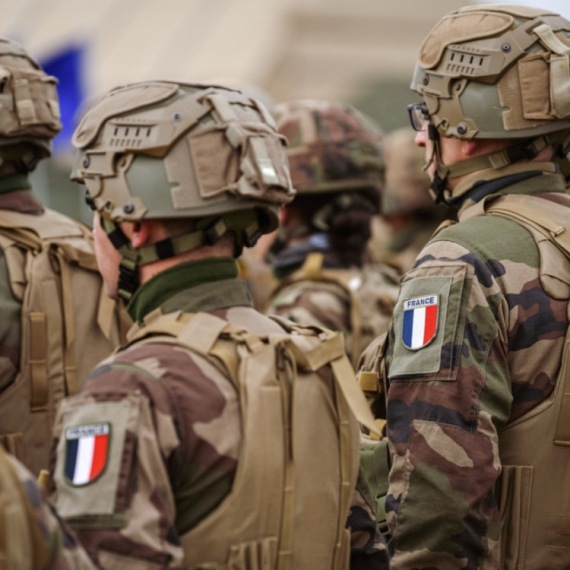
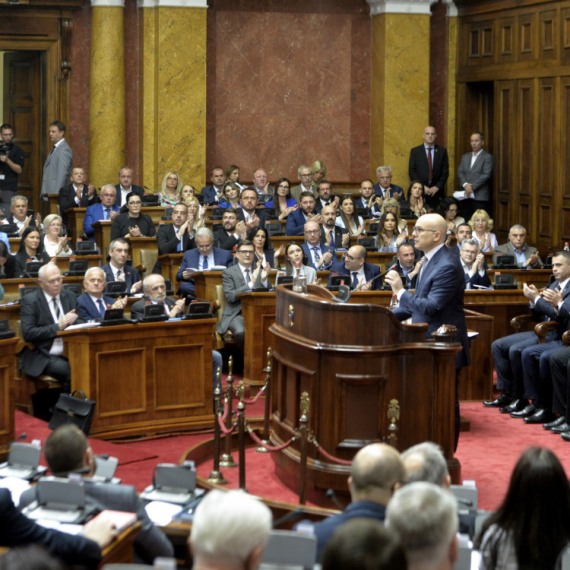


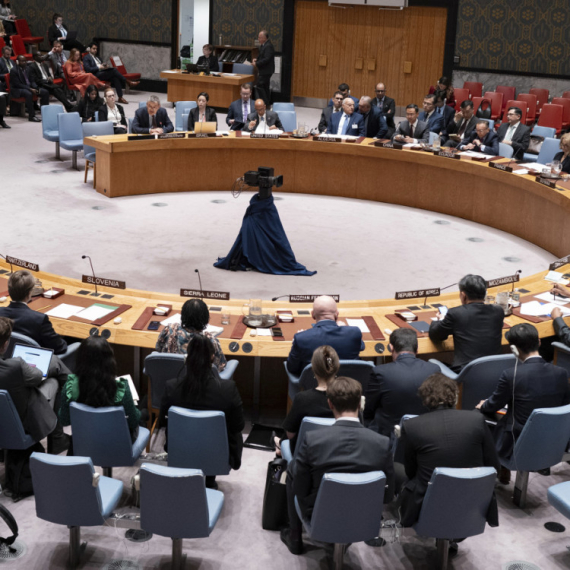









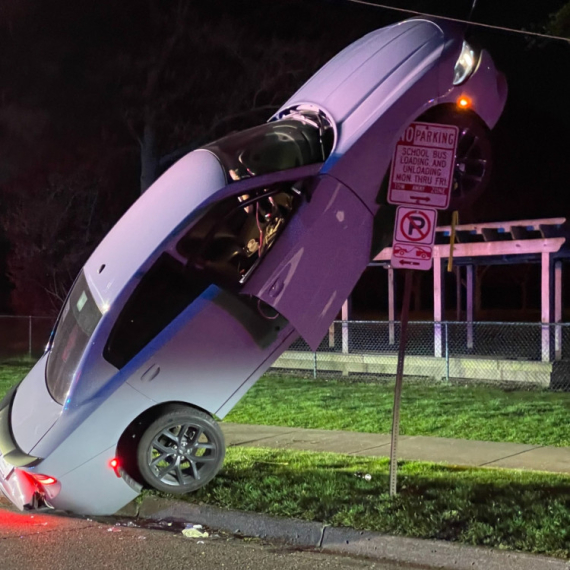
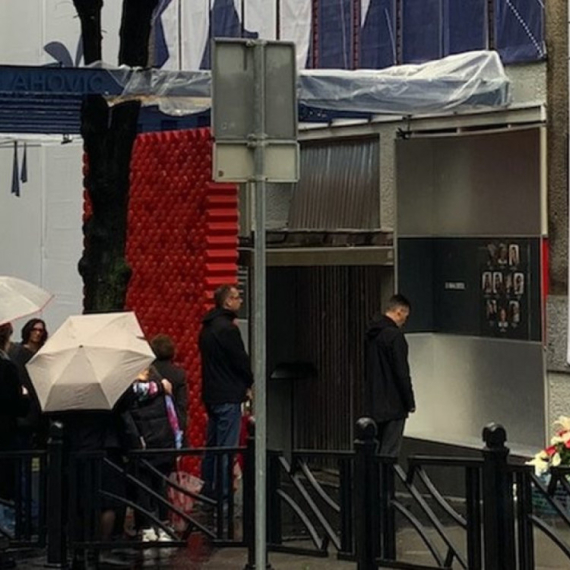
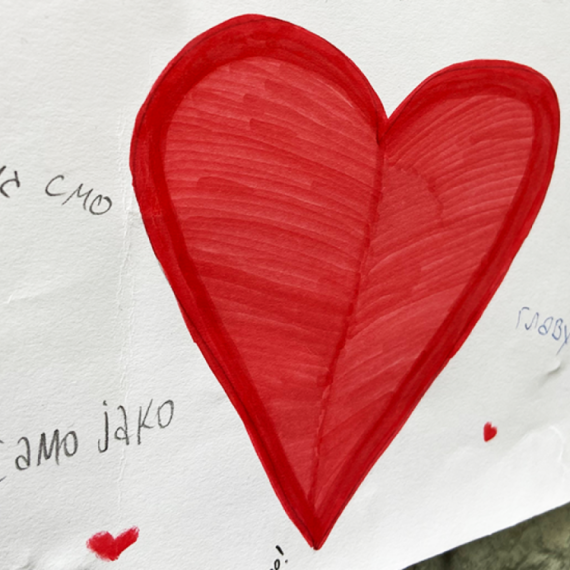
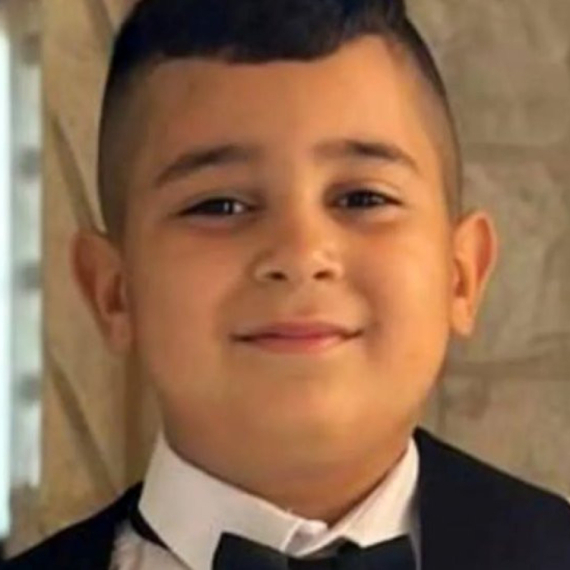

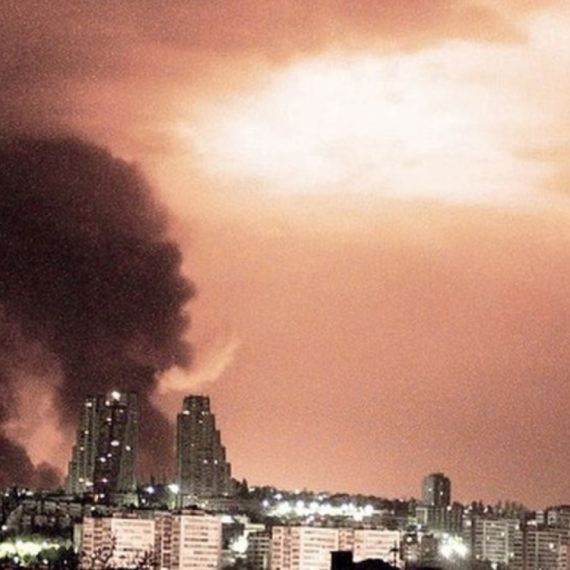

Komentari 1
Pogledaj komentare